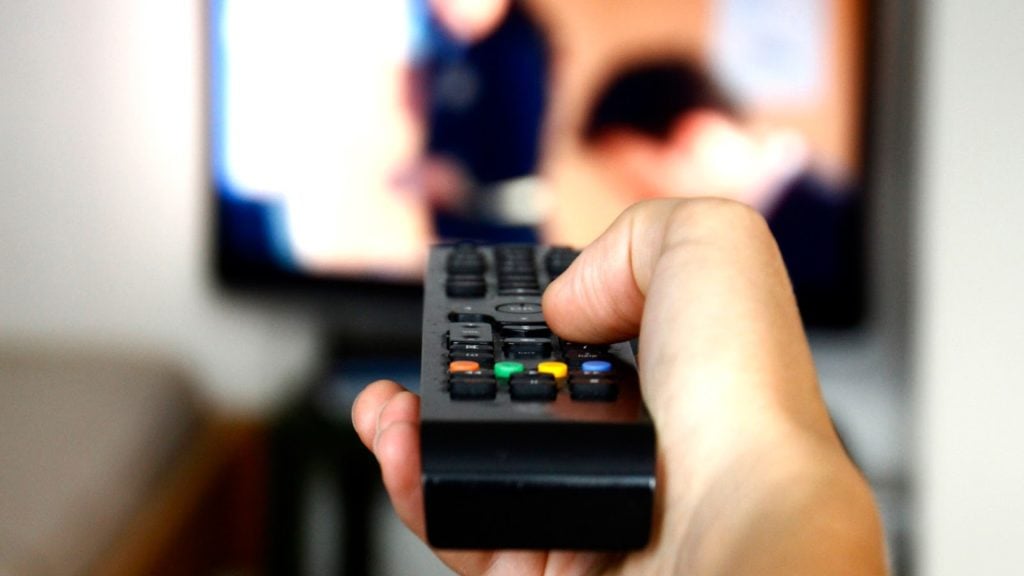
The Social Cut is a monthly column that critically analyses various media shows, movies and documentaries, from an intersectionalist feminist standpoint. In this article, Rishika Aggarwal analyses sci-fi television show ‘Doctor Who’.
The longest running sci-fi television show in modern history – running from 1963 to the present day, with a 16 year hiatus in the middle – Doctor Who is perhaps best known for the ingenious ways in which it has dealt with constantly changing the actor who plays its main character, the titular Doctor.
An immortal Time Lord who can “regenerate” (transform into a new physical form, with a changed personality), the Doctor travels through space and time with a human companion – or companions. But despite the intrinsically changing nature of the Doctor’s character, one of the greatest issues that have risen with it is the fact that – at the end of the day – the casting hasn’t changed much at all.
For twelve of the Doctor’s thirteen – so far – incarnations, the character has been white and male, with the greatest change more often than not being the character’s age, and which part of the UK his accent hails from. For all that the Doctor is the show’s main character, the single figure that remains (somewhat) constant, it instead fell to the show’s companions to form the most relatable characters.
To the show’s credit, there have female companions from the beginning, with the Doctor’s granddaughter, Susan Foreman, as well as Barbara Wright, forming two of the first three companions in the show’s first episode, in 1963. When the show was revived in 2005, Billie Piper played companion Rose Tyler to Christopher Eccleston’s Doctor.
As the show progressed, it were the companions who became more inclusive. First introduced in 2005, Jack Harkness was the show’s first non-heterosexual character of note, an omnisexual time traveller who proved so popular with audiences that he gained a spinoff show of his own – though Torchwood was aimed at older teens and adults, as opposed to the more universal target audience of Doctor Who. In 2007, Freema Agyeman’s Martha Jones became the first black companion, resulting in some very pointed moments in the two seasons during which she starred on the show.
In 2012, the Doctor’s Clara Oswin was the show’s first bisexual woman. In 2017, Bill Potts became not only the show’s first lesbian character of colour; she was also its first working class companion – the first in more than five decades of the show’s history.
However, despite the greater diversity in the show’s support cast, there remains a difference between doing so and finally taking advantage of the show’s mythology to make its main character one that is similarly more diverse than white, male, and British.
Which is why the Thirteenth Doctor’s casting became international news in 2017, with Jodie Whittaker taking the reins as the show’s first female Doctor. This casting takes advantage of the precedent that was set by regenerating the Doctor’s Time Lord nemesis, the Master, as female – with Michelle Gomez playing the newly christened (perhaps predictably) ‘Missy.’
The new Doctor’s companions are similarly diverse in Mandip Gill’s Yasmin Khan (Muslim and brown), Tosin Cole’s Ryan Sinclair (black and disabled), and Bradley Walsh’s Graham O’Brien, Ryan’s step-grandfather (while white, his relationship with Ryan’s grandmother provides an important example of an interracial marriage in a popular television series).
In casting Jodie Whittaker in the main role of the Doctor, the show takes an important step forward in the real world. While many past Doctor Who episodes can be considered to be feminist or be used to explore feminist issues, the fact remains that as of 2018, there have only been nine women writers in the show’s 50+ year history. Despite its many female characters, they have been written almost entirely be male writers. Similar issues exist across all roles behind the screens, as well as when it comes to people of colour.
While the new season of Doctor Who, with it’s newly female main character, has not yet addressed its issues behind the scenes, one of the most promising on-screen developments has been the Doctor’s outfit. Unlike most female reimaginings of popular characters, this one has managed to eschew the tendency to dress a woman in as little clothing as the show or movie can get away with. Instead, the Doctor’s outfit is perhaps one of the most comfortable looking across the breadth of the revived show – with perhaps an exception for the suspenders that make up part of the outfit.
There remains a significant amount of work done on Doctor Who’s behind the scenes, especially when it comes to adding more characters of colour on the show – regardless of who the companion is, the show’s background characters are white more often than not, and rarely does the show leave the comfort of the UK, despite the Doctor’s ability to travel through both space and time.
Still, in casting Whittaker to take the reins of one of pop culture’s most seminal characters, Doctor Who showcases the importance of adding a greater amount of diversity to our screens. When Wonder Woman became the first female superhero to get her own solo film, the sense of enormity was almost more than could be vocalised. Similarly, in Whittaker’s Doctor Who reflects just how much pop culture can do for equality – in a single season with her at the helm, the show has addresses both the Montgomery Bus Boycott and the India-Pakistan Partition, while the Oncoming Storm, the galaxy’s greatest hero, wanders through time and space undoubtedly a woman.
Rishika Aggarwal is a Blogger at One Future Collective.
Featured image source: Weta Blogs